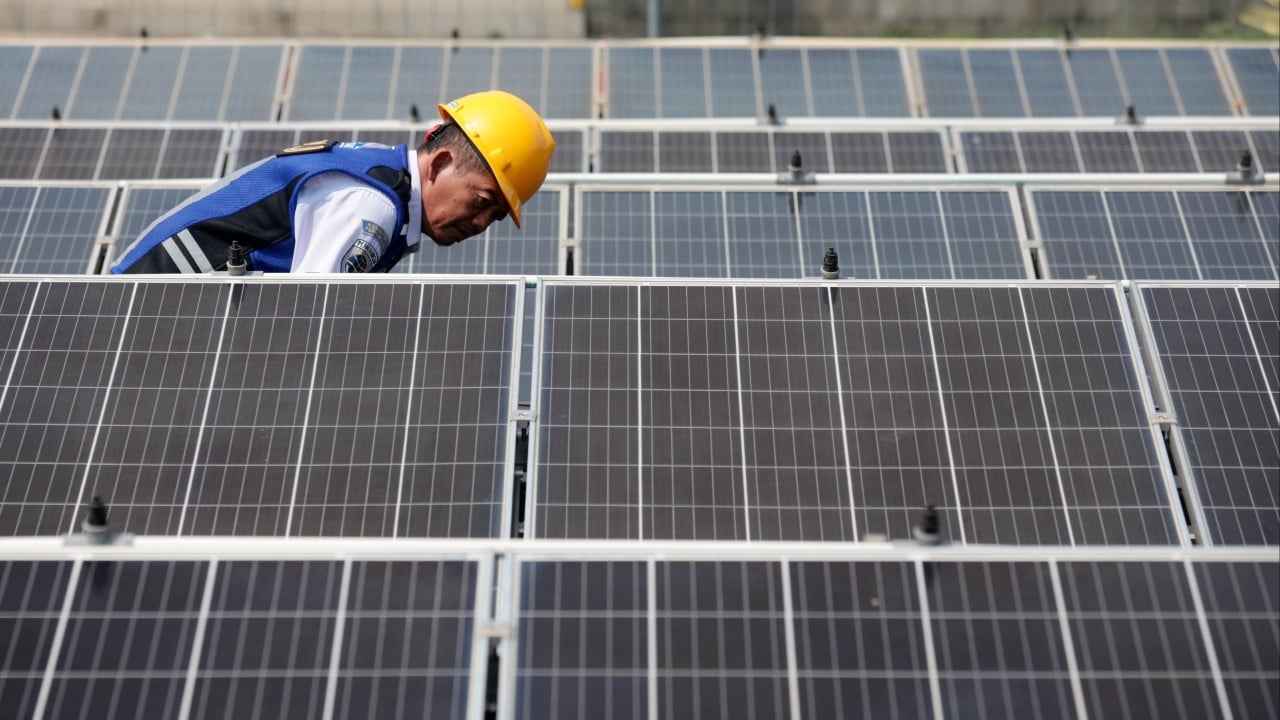The race to replace coal in Indonesia, the world’s largest coal exporter, has become a contest between the US and China. At stake is not only Indonesia’s climate future, but also which superpower sets the terms for the next generation of energy in the developing world.
Advertisement
Like much of the developing world, Indonesia faces a choice between two stark energy futures.
Chinese companies signed more than US$54 billion in agreements in 2023 with Indonesian state utility PLN, while Indonesian President Prabowo Subianto’s 2024 Beijing visit added US$10 billion in commitments. Chinese firms are now rapidly embedding themselves in Indonesia’s clean energy supply chain, from solar and critical mineral mining to electric vehicles (EVs).
These investments dwarf the US$20 billion Just Energy Transition Partnership (JETP), signed in 2022 between Indonesia and a group of wealthy nations to help the country shift away from coal, which contributes 3.6 per cent of the country’s GDP.
The programme was faltering even before US President Donald Trump’s administration formally withdrew in March. Only US$1.2 billion, or about 6 per cent, of JETP finances have been disbursed while Indonesia believes it needs over US$97 billion for the transition.
Advertisement
The US is the world’s top oil producer and has pushed liquefied natural gas (LNG) as part of talks meant to head off tariffs for Indonesia. It touts “energy dominance” as a way to cut dependence on rivals like China. Beijing is betting on big renewables to cement its role as the biggest supplier of clean energy technology.

